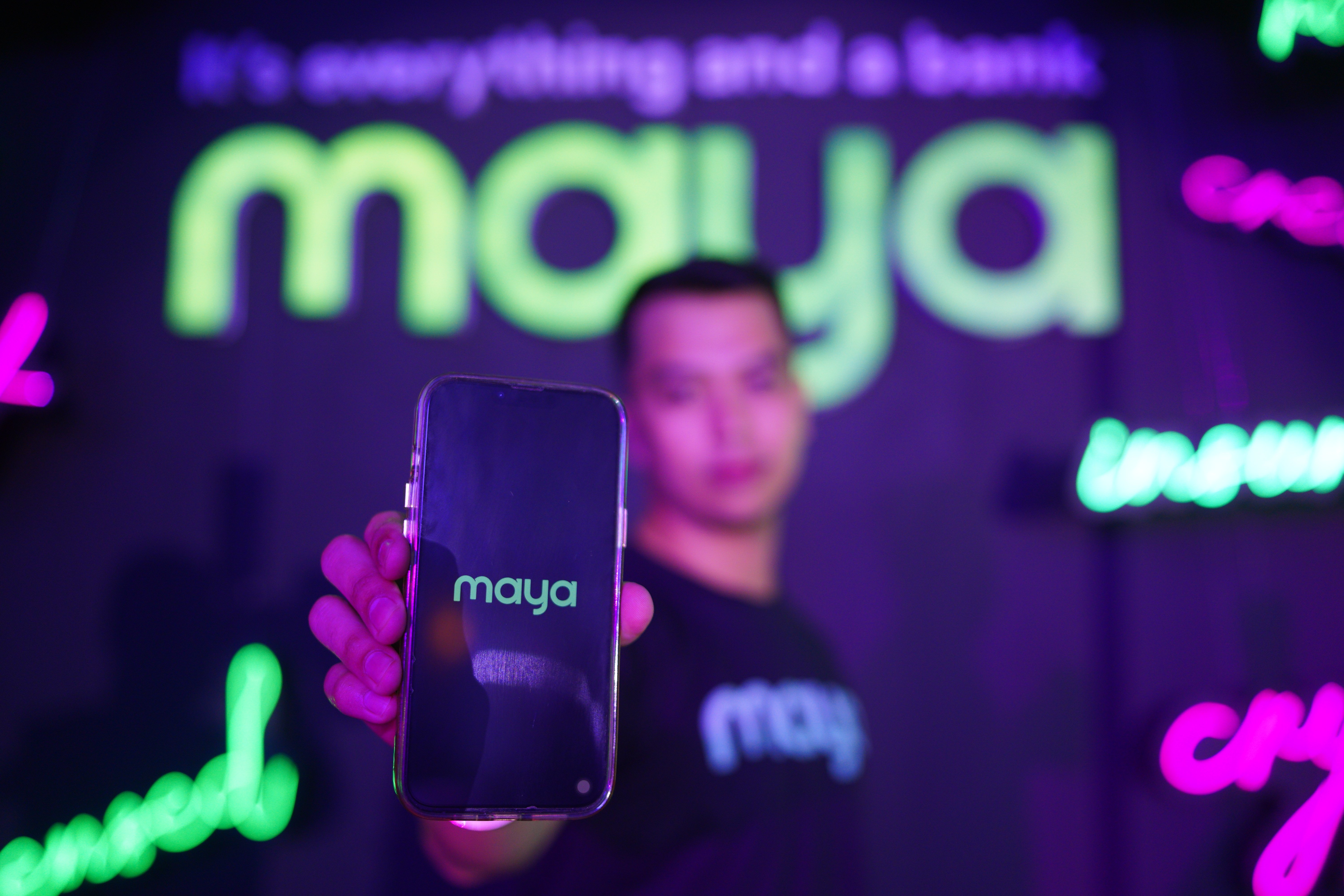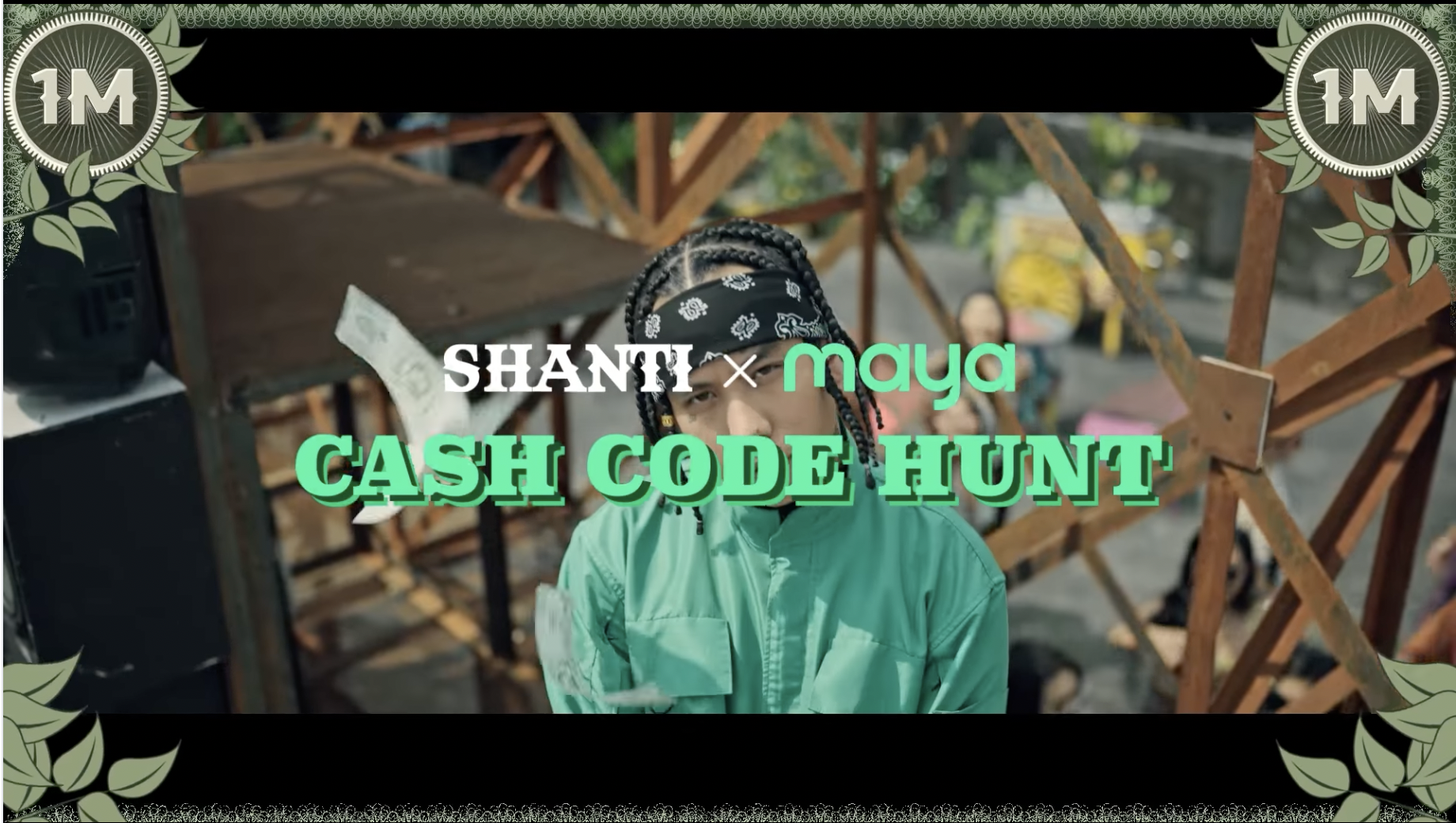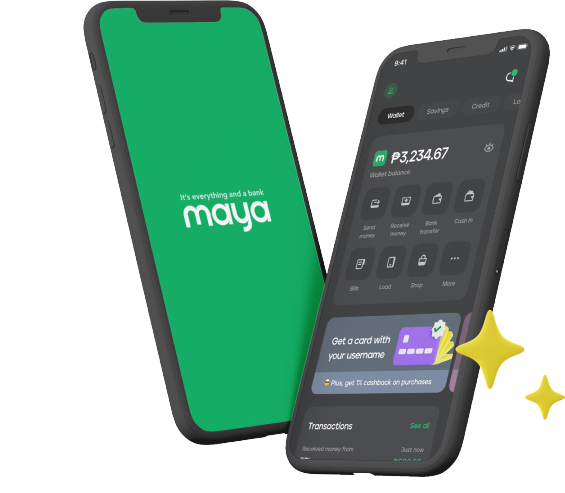There’s more to Taiwan than night markets and themed restaurants. The natural and cultural forces that shaped the country have left various landmarks across its territory, many of which are now open to the public.
Here are a few activities you can try at some of the most significant historical locations in Taiwan!
1. Explore the winding alleyways of Jiufen
Jiufen was an isolated mountain village that developed into a mining town in 1893, when the Japanese discovered gold deposits in the surrounding mountains.
The mines were decommissioned after World War II but elements of Japanese influence still remain in the local culture and architecture.
What to do: Explore the winding, Spirited Away-style walkways (particularly along Jiufen Old Street) lined with restaurants, food stalls, souvenir shops, tea shops, and other tourist-friendly establishments.
Tip for first-time visitors: If you’re lucky enough to visit on a clear day, pause on the steps for a few moments to enjoy the breathtaking view of the Pacific Ocean!
2. Drive along the length of the Northeast Coast National Scenic Area
 The Northeast Coast National Scenic Area was established in 1984 by the Tourism Bureau of Taiwan to cultivate and preserve the coastal elements of the area.
The Northeast Coast National Scenic Area was established in 1984 by the Tourism Bureau of Taiwan to cultivate and preserve the coastal elements of the area.
It encompasses a total of 17,421 hectares over both land and sea and stretches along Taiwan’s northeastern coast, from Nanya District in New Taipei City to the Su-ao Township.
What to do: This area is riddled with many beautiful reefs, capes, coves, beaches, and rock formations, no visit is the same. Don’t miss the golden striped sandstone of the Nanya Rock Formations and the unusual yellow-and-blue waters of the Yin Yang Sea.
Tip for first-time visitors: Book a tour online or hire a local tour guide to direct you to the most beautiful and noteworthy spots!
3. Take a stroll (and lots of photos) at Chiang Kai-Shek Memorial Hall
The blindingly white octagonal building of the memorial hall is the jewel of the 25-hectare National Park of the same name.
It was built in 1980 to honor the late Generalissimo Chiang Kai-Shek, the founder of the new Republic of China in Taiwan and former president of Mainland China.
What to do: Visit the Chiang Kai-Shek Exhibition Hall, which is filled with some of his personal effects, paintings and other artwork depicting scenes from his life, and even his 1955 GM-manufactured bulletproof Cadillac.
Afterward, head up to the Bronze Statue Hall on the 4th floor, which houses a larger-than-life statue of the man himself and inscriptions of his teachings on the walls.
Tip for first-time visitors: When you’re tired of being indoors, feel free to fill your ‘Gram feed with perfect photos from the outdoor gardens and Liberty courtyard!
4. Catch the ceremonial Changing of the Guard at the Martyrs’ Shrine
This monument known as the National Revolutionary Martyrs’ Shrine was built to honor Kuomintang soldiers who fought against the the Communist Party of China during the Chinese Civil War.
The main sanctuary, which houses the spirit tablets of the dead soldiers, was modeled after the Taihe Dian Imperial Palace in Beijing as a mark of respect.
What to do: Watch the famed Changing of the Guards ceremony at the front entrance. The shrine is guarded by active military personnel from the Republic of China in full military dress, complete with rifles.
They change shift in perfect, near-clockwork formation, so it’s always something to see!
Tip for first-time visitors: Be at the entrance at least 15 minutes before the start of every hour to catch the entire thing.
5. View the “meat-shaped stone” and other strange Chinese art at the National Palace Museum
This museum houses the largest collection of Chinese art in the world, with more than 608,985 cultural relics. Most of them were originally housed in the Palace Museum in Beijingand brought to Taiwan in the wake of World War II.
Because of the limited space, a few handpicked pieces are permanently kept on display, while the others are rotated between storage and other branches across Taiwan.
What to do: Two of the most popular pieces in the collection are food-inspired—the meat-shaped stone and the Jadeite Cabbage with Insects. The former is a piece of jasper shaped like the popular Taiwanese meat dish, and the latter is a carved jade shaped like a cabbage.
Tip for first-time visitors: Review the levels of the museum, and the list of new events and exhibits before you go to avoid being overwhelmed by the sheer volume of things to see.
6. Shop for pasalubong at the Taiwan Handicraft Promotion Center
The Handicraft Promotion Center was established as a non-profit enterprise to promote Taiwanese handicrafts. It’s housed in a four-story white building located near the National Taiwan University College of Medicine.
What to do: Visit from 9:00 AM to 6:00 PM on any day (save holidays like the Lunar New Year) to shop for clothing, ceramics, calligraphy, foodstuffs, and other authentic Taiwanese goods and souvenirs.
Tip for first-time visitors: Skip the overpriced souvenir shops at the museums and go on a shopping spree here instead!
You’re in luck—all of these destinations are part of the Maya Travel Blowout Trip Package for Taiwan this February!
Day 1: Coastal Tour (4 Hours)
- Jiufen
- Northeast Coast National Scenic Area
Day 2: Taipei Tour (4 Hours)
- Chiang Kai-Shek Memorial Hall
- Martyrs’ Shrine
- National Palace Museum
- Traditional Chinese Temple (To Be Announced)
- Taiwan Handicraft Promotion Center
Want to win a FREE trip to Taiwan? Download the Maya app now!
You might also like
These Stories on Features











